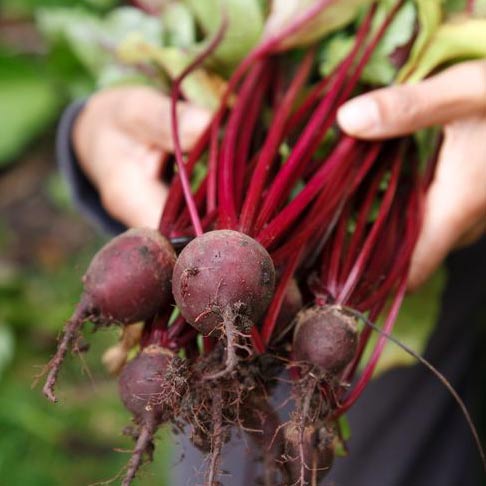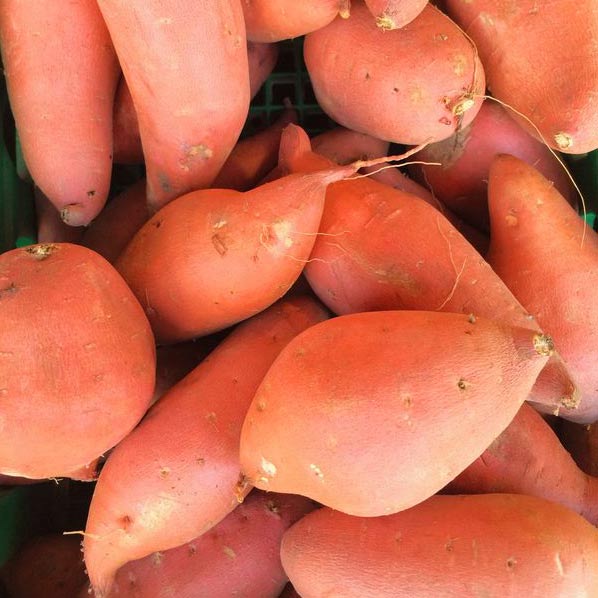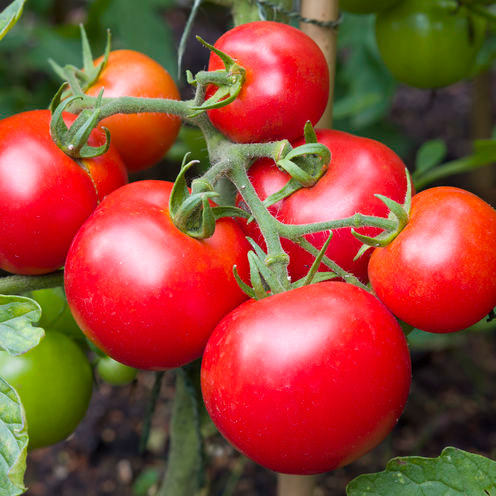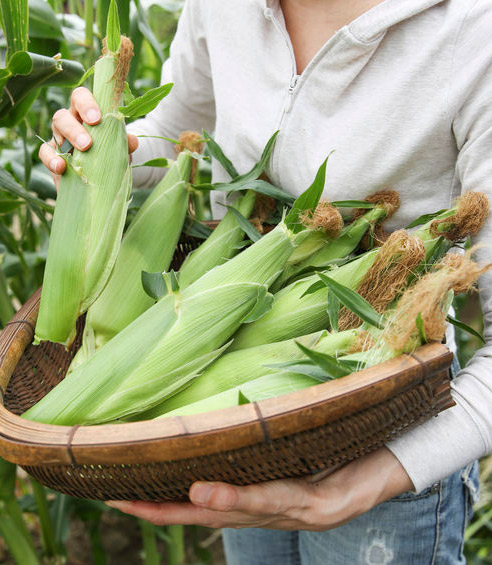Home Gardens Outshine Industrial Food
Most Recent Post
Food Shocks and Garden Solutions
What Is A Food Shock? In case you haven’t been following the news lately, we’re currently facing what the media call climate change food shocks. These mega-threats will be triggered by already serious but increasingly extreme droughts, aquifer and surface water...
Just Grow It Yourself contrasts home and industrial food production head to head. Its startling conclusion: pound for pound of production, self-sufficiency gardens are vastly more efficient than the industrial food system while offering far superior health, economic, social, and environmental outcomes.
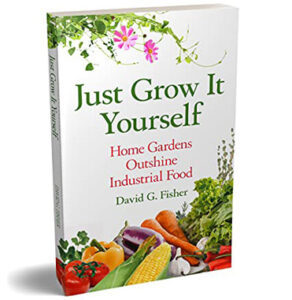
From taste and nutrition to cost, safety, and yield, discover why:
Self-sufficiency gardens are so much more efficient than industrial food
Self-sufficiency gardens avoid industrial’s enormous “externalized” health, social, environmental, and economic costs.
Home and community gardens have great potential to alleviate hunger
The healthiest way forward is the three-tiered food system
Just Grow It Yourself Webinar hosted by Urban Farm U
With Special Guest David G. Fisher
We talk with David G. Fisher, botanist, professor, and research scientist who has studied the effectiveness of self-sufficiency gardening, compared to the current industrial food system. He shared the astounding measurable results on how much land is needed to feed one person for a year in each of the two systems.

David G. Fisher
Most of our food is produced by a sprawling, behemoth, conveyor-belt system in which humans are secondary to machines at every step, all in service to churning out cheap food and generating profit mainly for a few huge corporations and their shareholders.
But the price you pay at the checkout counter is less than half what it really costs to produce it. These unseen “external costs,” which amount to $trillions, are paid in the form of enormous farm subsidies, spiraling health cost due to obesity, nearly 50% of the population being diabetic or pre-diabetic, costly environmental damage, and in many other ways.
Yet the U.S. supermarket, with thousands of mostly ultra-processed food items, is billed as a marvel of convenient supply, safety, and efficiency. So how does that square with all those unaccounted-for costs, especially to our health? The answer is: it doesn’t.
Just Grow it Yourself contrasts home and industrial food production and proposes a new, three-tiered system, anchored in home and community gardens and sustainably backed by local and distantly-sourced food. It contends that this redesigned system has much greater potential for alleviating food insecurity than the current industrial system. Most encouraging is the message that self-sufficiency gardens will help reconnect us to ourselves, one another, and nature in a way that all of us can relate to on the most personal level: growing and consuming some to most of our food.
Beyond Organic
The concept of regenerative agriculture has come to the fore. Whereas organic is defined mostly by what it avoids, toxic chemicals and genetic engineering. Regenerative agriculture is more holistic, inclusive, and expansive than organic.
The subtitle of this book says it all: Home Gardens Outshine Industrial Food! As Big Ag and Big Food unite to bring us toxic food that wrecks our immune systems, this book shows us the only way back to health. The solution is actually right in our own hands, will mitigate climate change by reducing demand for industrial food, and can even bring us real joy.


